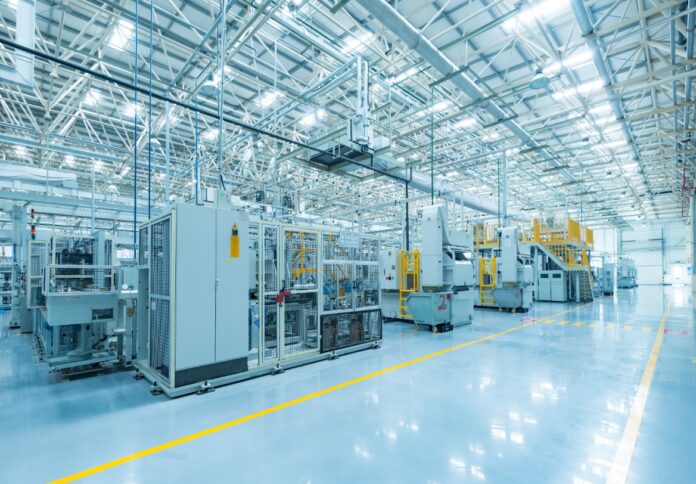
Australia’s manufacturing sector continued to face significant challenges at the end of the third quarter of 2024, as revealed by the latest Purchasing Manager’s Index (PMI) data from Judo Bank.
The headline seasonally adjusted Judo Bank Australia Manufacturing PMI registered 46.7 in September, a notable drop from August’s 48.5, marking the most pronounced deterioration in manufacturing conditions since the height of the pandemic.
With new orders and production both dropping at their fastest rates since May 2020, the sector’s downturn deepened.
Export orders also fell sharply, leading to further cuts in workloads, staffing levels, and inventory purchases.
Matthew De Pasquale, economist at Judo Bank, noted, “The manufacturing sector has weakened to cyclical lows through September, with demand soft and business cost pressures remaining elevated.”
Central to this decline was a steep fall in incoming orders, with new sales for Australian manufactured goods experiencing their fastest drop outside the pandemic period.
According to the data, higher interest rates and waning market conditions played a major role, exacerbated by a notable decline in foreign demand.
Manufacturing output, as a result, saw one of its sharpest contractions on record, alongside a significant drop in unfinished work.
De Pasquale explained, “The Manufacturing PMI index, which reflects conditions facing manufacturers, has deteriorated to its lowest point since the survey began in 2016, outside the commencement of the pandemic. Both output and new orders have fallen well below the neutral 50 index reading.”
Manufacturers responded by reducing staff numbers as workloads diminished, while purchasing activity also fell in response to the production slowdown.
Inventory levels, too, dropped sharply, with stocks of purchases shrinking at the second-fastest rate since 2016.
The cautious approach to replenishing input stocks reflected concerns over holding surplus inventories amid falling demand. Finished goods inventories also declined in tandem with this trend.
Average input prices continued to rise, driven by higher costs for raw materials, shipping, and energy. However, the pace of price increases slowed in September.
Lengthened lead times—attributed to shipping delays and port congestions—further exacerbated input challenges for manufacturers.
“Input and output price pressures in the sector differ notably from those in the rest of the economy, with both price indexes returning to their pre-pandemic averages,” said De Pasquale.
He added, “While it appears that growth in margin pressure has slowed to pre-pandemic levels, there has been little alleviation of the significant margin pressure experienced through the pandemic period, which continues to weigh on Australian manufacturers.”
Despite these pressures, the sector’s sentiment remained cautiously optimistic, with many manufacturers hoping for improvements in economic and geopolitical conditions over the next year.
However, the level of confidence fell in September, with optimism easing for the first time in three months.
De Pasquale added, “On average, business expectations for activity over the next 12 months remain optimistic, with the future activity index remaining above the neutral level. However, there has been very little change or improvement in the readings over the past year.”
Looking ahead, manufacturers continue to face difficulties driven by a slowdown in construction and subdued consumer demand.
Although there is potential for activity to improve due to factors such as household stimulus and strong population growth, the outlook remains challenging.
“In summary,” De Pasquale concluded, “manufacturers are facing difficult conditions in late 2024, impacted by the lack of growth in construction activity across the economy and soft consumer markets. While some improvement in activity may be experienced in the coming months, early signs suggest that subdued conditions will remain a challenge for the sector into 2025.”




















